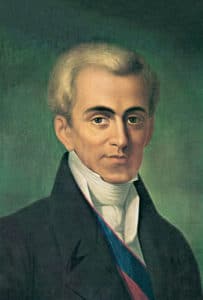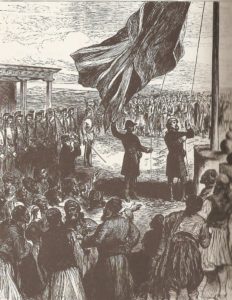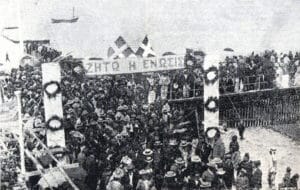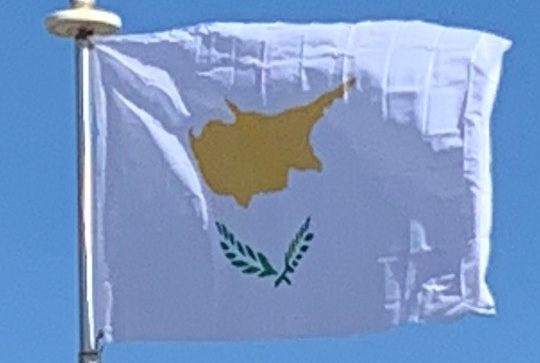
Under the Ottoman rule, numeracy, school enrollment and literacy rates were all low. They persisted sometime after Ottoman rule ended and then increased rapidly during the twentieth century.
Cyprus Under the British Empire:
In the aftermath of the Russo-Turkish War (1877–1878) and the Congress of Berlin, Cyprus was leased to the British Empire which de facto took over its administration in 1878 (though, in terms of sovereignty, Cyprus remained a de jure Ottoman territory until 5 November 1914, together with Egypt and Sudan) in exchange for guarantees that Britain would use the island as a base to protect the Ottoman Empire against possible Russian aggression.

The island would serve Britain as a key military base for its colonial routes. By 1906, when the Famagusta harbor was completed, Cyprus was a strategic naval outpost overlooking the Suez Canal, the crucial main route to India which was then Britain’s most important overseas possession. Following the outbreak of the First World War and the decision of the Ottoman Empire to join the war on the side of the Central Powers, on 5 November 1914 the British Empire formally annexed Cyprus and declared the Ottoman Khedivate of Egypt and Sudan a Sultanate and British protectorate.
In 1915, Britain offered Cyprus to Greece, ruled by King Constantine I of Greece, on condition that Greece join the war on the side of the British. The offer was declined. In 1923, under the Treaty of Lausanne, the nascent Turkish republic relinquished any claim to Cyprus, and in 1925 it was declared a British crown colony. Many Greek and Turkish Cypriots fought in the British Army during both world wars. During the Second World War, many enlisted in the Cyprus Regiment.
The Greek Cypriot population, meanwhile, had become hopeful that the British administration would lead to enosis.

The idea of enosis was historically part of the Megali Idea, a greater political ambition of a Greek state encompassing the territories with Greek inhabitants in the former Ottoman Empire, including Cyprus and Asia Minor with a capital in Constantinople, and was actively pursued by the Cypriot Orthodox Church, which had its members educated in Greece. These religious officials, together with Greek military officers and professionals, some of whom still pursued the Megali Idea, would later found the guerrilla organisation Ethniki Organosis Kyprion Agoniston or National Organisation of Cypriot Fighters (EOKA). The Greek Cypriots viewed the island as historically Greek and believed that union with Greece was a natural right. In the 1950s, the pursuit of enosis became a part of the Greek national policy.
Initially, the Turkish Cypriots favored the continuation of the British rule. However, they were alarmed by the Greek Cypriot calls for enosis as they saw the union of Crete with Greece, which led to the exodus of Cretan Turks, as a precedent to be avoided, and they took a pro-partition stance in response to the militant activity of EOKA. The Turkish Cypriots also viewed themselves as a distinct ethnic group of the island and believed in their having a separate right to self-determination from Greek Cypriots. Meanwhile, in the 1950s, Turkish leader Menderes considered Cyprus an “extension of Anatolia”, rejected the partition of Cyprus along ethnic lines and favored the annexation of the whole island to Turkey. Nationalistic slogans centered on the idea that “Cyprus is Turkish” and the ruling party declared Cyprus to be a part of the Turkish homeland that was vital to its security. Upon realizing the fact that the Turkish Cypriot population was only 20% of the islanders made annexation unfeasible, the national policy was changed to favor partition. The slogan “Partition or Death” was frequently used in Turkish Cypriot and Turkish protests starting in the late 1950s and continuing throughout the 1960s.
